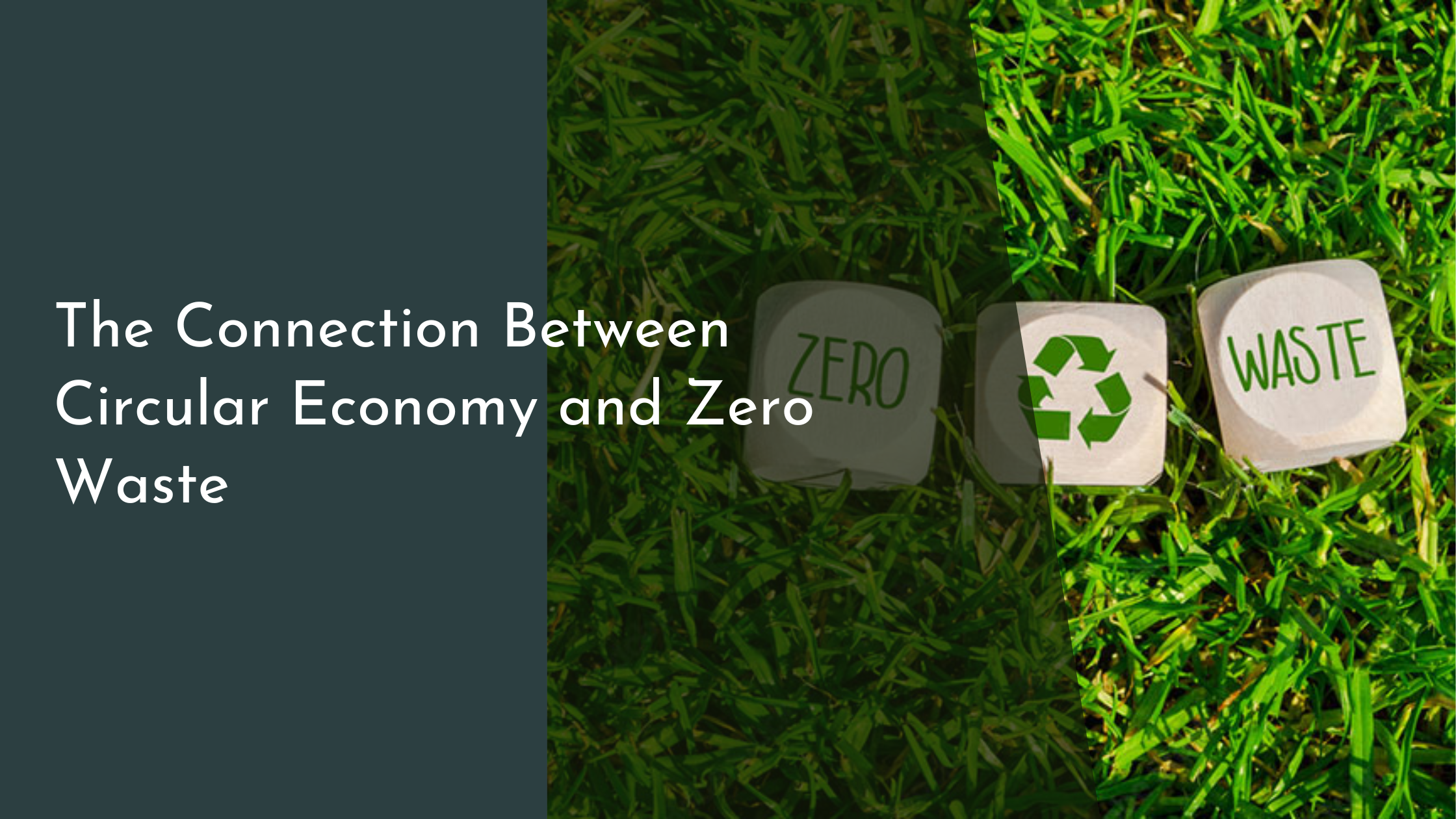The Connection Between Circular Economy and Zero Waste
As the world grapples with the environmental challenges posed by a traditional, linear economic model, the concepts of the circular economy and zero waste have emerged as promising solutions. Both aim to minimize waste and make the most of resources, but they tackle the issue from slightly different angles. This article explores the connection between these two interrelated approaches, delving into their principles and illustrating how they work together to create a more sustainable future.
Understanding the Circular Economy Concept
The circular economy is an innovative model that challenges the traditional linear economic approach of “take, make, dispose.” Instead, it focuses on designing out waste and pollution, keeping products and materials in use, and regenerating natural systems. This model promotes sustainable resource management by prioritizing renewable materials, encouraging product longevity, and fostering closed-loop systems where waste is repurposed into new inputs. The circular economy not only benefits the environment but also drives economic growth by creating new industries and job opportunities.
Through the circular economy, businesses and consumers are encouraged to rethink how they use resources. It requires systemic changes in the way products are designed, manufactured, used, and discarded. Companies are incentivized to innovate, developing products that are easier to repair, recycle, or remanufacture. Meanwhile, consumers are prompted to adopt more responsible consumption patterns, such as sharing, leasing, and reusing products. This paradigm shift towards sustainability redefines value, making circularity an integral part of modern economies.
Exploring the Principles of Zero Waste
Zero waste is a set of principles that aims to eliminate waste altogether by promoting the redesign of resource life cycles so that all products are reused. The goal is to ensure that no trash is sent to landfills or incinerators, thereby minimizing pollution and conserving resources. Zero waste emphasizes waste prevention, resource recovery, and the redesign of products and processes to reduce environmental impact. It advocates for processes where resources are kept within the consumption loop for as long as possible.
At its core, zero waste is about maximizing efficiency and reducing the environmental footprint of human activities. This involves pushing for systemic changes, such as improved product design, policy reforms, and more sustainable consumption habits. By focusing on reducing waste generation before it even occurs, zero waste champions an upstream approach to sustainability. This movement not only aims to curb pollution but also to preserve resources and promote social equity by ensuring that all communities have access to clean environments.
How Circular Economy Drives Zero Waste Goals
The circular economy plays a crucial role in realizing the goals of zero waste by providing a framework for sustainable resource management. By fostering innovation in product design and encouraging closed-loop systems, the circular economy can significantly reduce waste generation, contributing to zero waste objectives. This holistic approach ensures that resources are utilized more effectively and remain in circulation longer, thus reducing the burden on landfills and incinerators.
Moreover, the circular economy supports zero waste goals through collaboration and knowledge sharing among stakeholders. By connecting businesses, governments, and consumers, it creates a shared responsibility for resource stewardship. This collaborative environment fosters the development of innovative solutions that prioritize waste reduction, such as eco-design, recycling technologies, and sustainable supply chains. As more organizations embrace circular economy principles, the collective impact accelerates the transition towards a zero waste society.
Success Stories: Circular Economy in Action
Several companies and communities around the world are already reaping the benefits of embracing circular economy principles. For instance, the fashion industry has seen a surge in circular initiatives, with brands like Patagonia and H&M launching take-back programs that encourage customers to return used garments for recycling. This not only keeps textiles out of landfills but also reduces the demand for virgin materials, promoting a more sustainable production cycle.
Cities are also leading the charge in adopting circular economy practices to achieve zero waste goals. San Francisco, for example, has implemented comprehensive recycling and composting programs that have diverted over 80% of its waste from landfills. By prioritizing waste reduction and resource recovery, San Francisco serves as a model for other cities aiming to reduce their environmental impact and foster sustainable urban development.
The synergy between the circular economy and zero waste is evident in their shared goal of creating sustainable systems that minimize waste and maximize resource efficiency. By embracing circular economy principles, businesses, governments, and individuals can collectively drive the transition towards a zero waste future. As more success stories emerge, they inspire hope and action, demonstrating that a sustainable world is within reach when we work together to rethink how we consume and manage resources.


